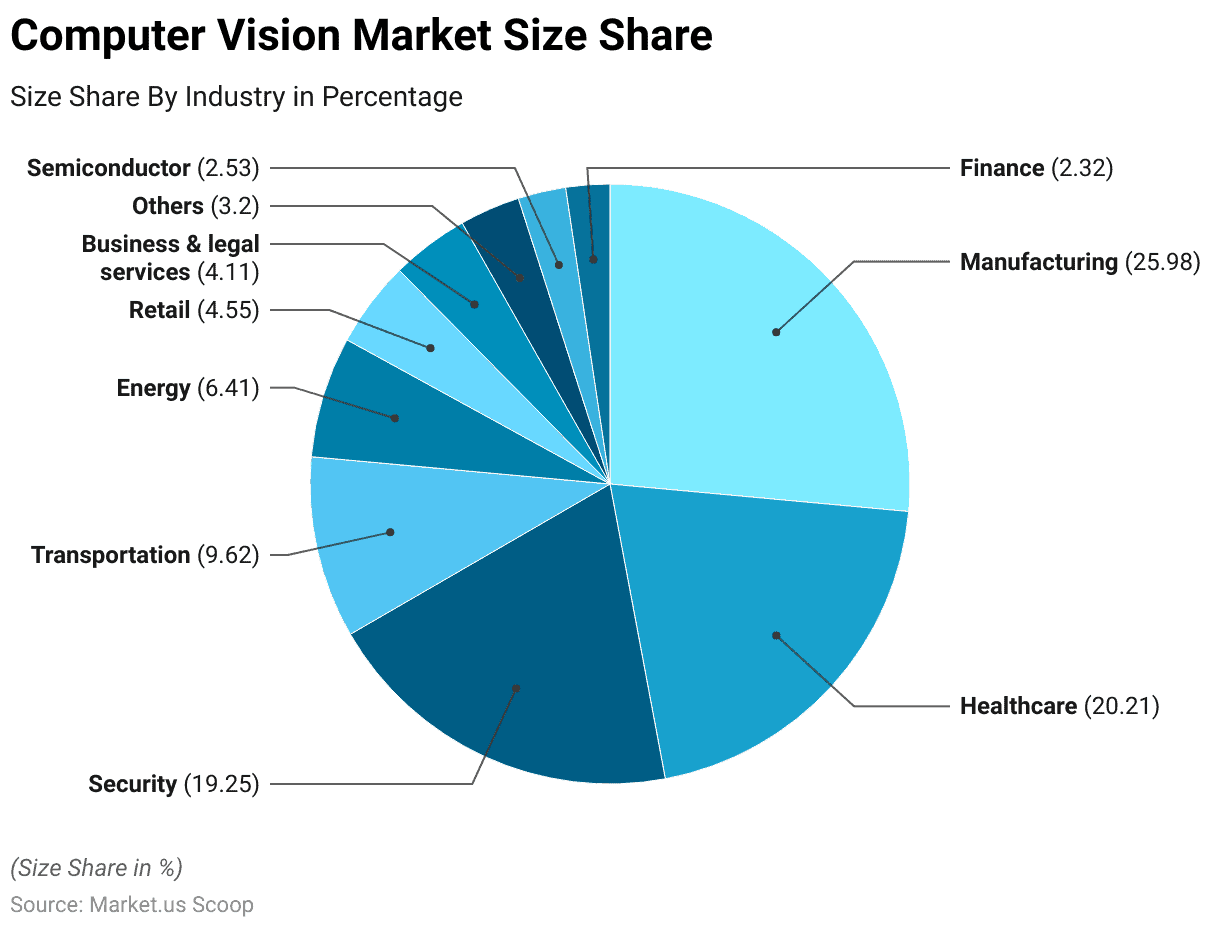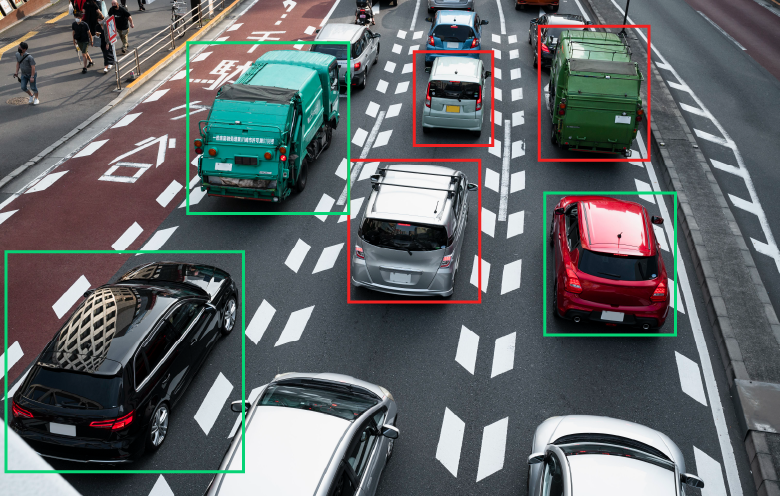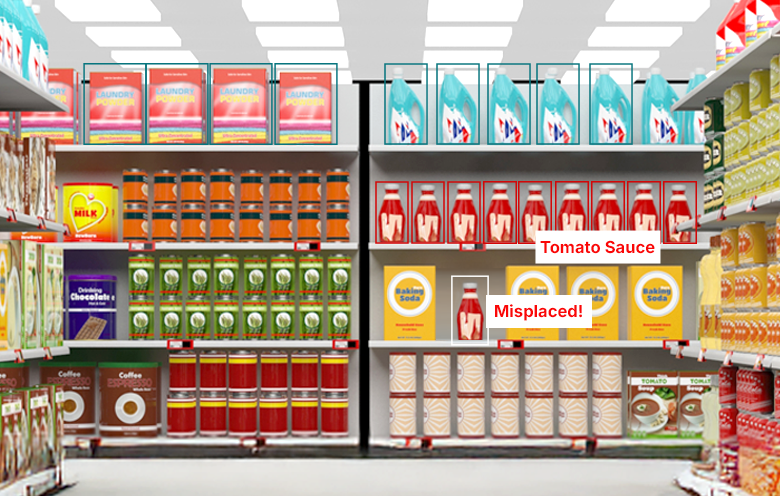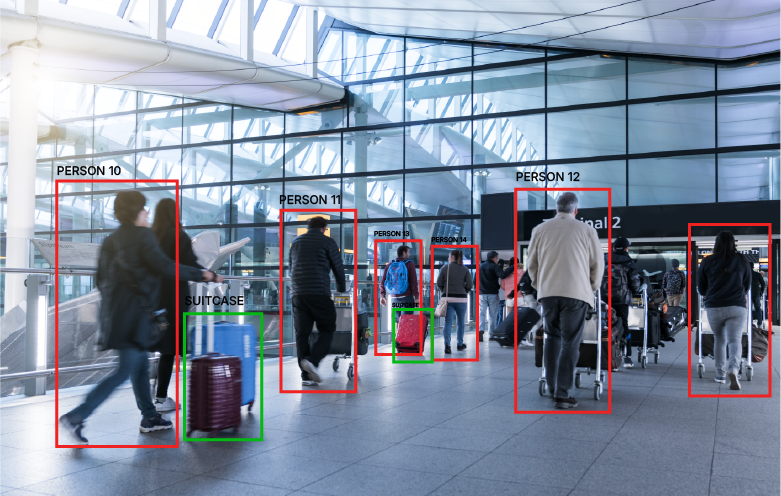

Millions of images are captured every second on city streets, in hospitals, on assembly lines, and beyond. However, simply capturing them isn’t enough. It is essential to understand them. This can help you detect anomalies, identify trends, and make savvy decisions.
Modern businesses that collect such visual data must transform them into powerful insights. This helps drive decisions, improve accuracy, and achieve operational excellence.
AI-driven image classification services help with such transformations. Companies across various industries are applying it to analyze huge volumes of data quickly and accurately. Although, it takes more than a strong model to achieve the desired results. It takes the right approach, ongoing optimization, and a profound understanding of real-world problems.
In this blog, we’ll discuss top image classification use cases for various industries. We’ll also explore the best practices that turn AI from a tool into a true competitive advantage.
What is image classification and what are its different models?
Image classification is a basic operation in computer vision where an algorithm labels or categorizes an image based on its visual features. The method entails the processing of the image’s pixel data to detect patterns and features representing predefined classes. For example, a model could categorize images into classes ‘cat’, ‘dog’, ‘car’, or ‘tree’.
Suggested: Top 8 computer vision trends for 2025 and beyond
Key image classification models
Convolutional neural networks (CNNs)
These are deep learning architectures particularly tailored to handle and classify visual information. CNNs automatically learn spatial hierarchies of features from input images and are extremely powerful in image classification problems.
Vision transformers (ViTs)
More recently introduced, ViTs use transformer architectures, which were initially developed for natural language processing, on image data. In contrast to CNNs, which employ localized filters, ViT segments images into patches and treats them as sequences to capture long-range dependencies for higher accuracy.
Top use cases of AI image recognition in 2025

Source: Market.us Scoop
Healthcare
Medical imaging requires exceptional accuracy as misdiagnosis can be fatal. Image classification using AI needs large and well annotated datasets to differentiate between normal and abnormal patterns. However, medical imaging data is often scarce, diverse, and difficult to label.
How image classification services help:
- Early disease detection: AI screens X-rays, MRIs, and CT scans to identify diseases such as cancer and pneumonia before they turn severe.
- Pathology image analysis: It can identify cellular abnormalities in laboratory samples with microscopic accuracy.
- Surgical support: AI cameras assist surgeons by highlighting important structures in real-time.
The result:
Faster diagnoses reduced human error, and better patient outcomes.
Cancer cell tissue detection using computer vision
Autonomous vehicle and traffic monitoring

Autonomous vehicles and traffic monitoring systems require real-time image classification to operate safely. Processing delays in visual data can cause life-threatening accidents. Weather conditions such as fog, rain, and low light conditions further complicate accurate classification. Large datasets of road situations are needed to train autonomous AI models, which are expensive to obtain.
How image classification using AI can help:
- Object recognition: Artificial intelligence identifies road signs, pedestrians, and obstacles to improve safety.
- Traffic law enforcement: AI-powered cameras detect traffic infractions in real time.
- Avoiding accidents: AI dashcams review road conditions and warn drivers.
Improving security with computer vision for a facility management firm
Softweb Solutions created a computer vision solution for a facility management firm. The solution helps in automating real-time monitoring for equipment and safety issues. It enhances safety and operational efficiency.
The results:
Fewer accidents, smoother traffic flow, and a future where human error isn’t a primary cause of road fatalities.
Retail and e-commerce

Online shoppers expect immediate, correct product identification from image searches. Text-based search engines have difficulty matching images exactly. Manual tracking for inventory management also causes overstocking or stockouts, impacting sales. Retailers need to ensure that AI-based search can handle context, color differences, and product similarities well.
How AI image classification helps:
- Visual search: Upload a picture, and AI locates the exact (or nearest) match in a store’s inventory.
- Automated inventory management: AI categorizes products to monitor stock levels to avoid shortages.
- Sentiment analysis: AI scans customer moods from store cameras to fine-tune marketing campaigns.
The results:
More personalized shopping experiences and improved supply chain efficiency.
Security and surveillance

Conventional surveillance systems need to be monitored manually, resulting in delayed threat detection and excessive false alarms. Facial recognition AI is subject to bias and privacy issues, which restrict its universal application. AI-based surveillance needs to distinguish between routine activities and actual security threats without flagging innocent people.
How image classification can help:
- Facial recognition: AI improves biometric security for access control and authentication.
- Threat detection: AI alerts suspicious behavior in live surveillance video.
The results:
Higher security, faster response times, and fewer false alarms.
Manufacturing

Manufacturers are challenged with consistent product quality because of human mistakes, inconsistency in defect detection, and excessive labor costs. Conventional inspection is time-consuming, subjective, and not efficient for mass production lines. Hidden defects result in product recalls, customer complaints, and regulatory problems.
How image classification helps:
- AI-powered visual inspection: AI identifies even the slightest defects in real-time, providing greater accuracy than manual inspection.
- Automated anomaly detection: AI image recognition detects inconsistencies in size, shape, texture, or color, minimizing defective product output.
- Predictive maintenance: AI detects early signs of wear and tear in equipment through image analysis, avoiding breakdowns.
Suggested: AI visual inspection for manufacturing
The result:
Early defect detection, lower operational costs, enhanced product consistency, and improved customer trust.
From healthcare to manufacturing, image classification use cases are driving efficiency. These innovations help businesses act faster and smarter.
Best practices for using image classification services
Data preprocessing
- Resizing: Normalize image sizes to maintain consistency throughout the dataset.
- Normalization: Scale the pixel values to a universal range (e.g., [0,1] or [-1,1]) for improved convergence.
- Data augmentation: Use transformations (flipping, rotation, zooming) to enhance model robustness.
- Noise reduction: Remove artifacts and improve the clarity of an image using filters.
- Dealing with occlusions & low-visibility data: Incorporate partially occluded, blurred, or low-light images into training to enhance real-world performance.
- Scalability & speed: AI facilitates high-speed inspection of thousands of products per hour, enhancing production efficiency.
Model selection and training
Choosing the right model:
- CNNs: Suitable for learning spatial patterns.
- Vision Transformers (ViTs): Most appropriate with large datasets that involve global feature extraction.
- Transfer learning: Use pre-trained models (ResNet, EfficientNet) to gain accuracy and cut down training time.
Hyperparameter optimization:
- Tune learning rate, batch size, and optimizer choice for optimal performance.
- Apply dropout, L1/L2 regularization to prevent overfitting.
Evaluation metrics:
- Use precision, recall, F1-score, and confusion matrices to assess performance.
- Validate against an unseen test dataset to ensure generalization.
Deployment and maintenance
Optimizing for efficiency:
- Apply model quantization and pruning to make the model smaller and faster for inference.
- Deploy on edge devices where real-time classification is necessary.
Continuous learning & monitoring:
- Retrain the model periodically with fresh datasets to learn new patterns.
- Keep an eye on real-world performance, look for concept drift, and adjust accordingly.
By following these best practices, businesses can develop highly accurate, scalable, and efficient AI-powered image classification models for diverse applications.

A Guide to Medical Imaging Using Computer Vision – Unlock insights into how AI-driven computer vision is transforming healthcare diagnostics.
Real-world examples of AI image classification
H&M’s virtual dressing room
Fashion retail chain H&M introduced an artificial intelligence-driven virtual dressing room. It uses image classification to enable customers to imagine how various clothing combinations would look on them without actually trying them on. It improves the digital shopping experience with personalized suggestions and lower return rates.
Butterfly Network
Butterfly Network has transformed medical imaging through the creation of a handheld, pocket-sized ultrasound scanner that is integrated with smartphones and tablets. The revolutionary device employs sophisticated image classification algorithms to read ultrasound scans in real-time, allowing healthcare professionals to make quick and precise diagnoses at the point of care. Through the use of artificial intelligence, Butterfly Network makes medical imaging more accessible, especially in resource-constrained environments, and streamlines efficiency and effectiveness of diagnostic procedures.
Siemens
Siemens incorporates image classification into its production operations to improve product quality, simplify operations, and minimize expenses. The organization uses computer vision technologies to enhance product quality with analytics-led insight. This approach assists manufacturers in managing quality issues and improving competitiveness.
In semiconductor production, Siemens applies machine learning algorithms for the examination of scanning electron microscope (SEM) images. Such a methodology allows for the automatic identification and classification of wafer defects, with improved accuracy and efficiency in quality control operations.
Transform images into actionable intelligence with image classification services
AI-powered image classification is revolutionizing industries by converting visual information into valuable insights. From identifying product defects in manufacturing to transforming medical diagnosis, its scope is immense. Companies using AI for image analysis achieve speed, precision, and efficiency at lower costs. However, effective deployment isn’t merely a matter of possessing the correct technology. It’s about training models on the correct data, tuning them to real-world scenarios, and ensuring they adapt with shifting needs.
At Softweb Solutions, we provide industry-specific image classification solutions backed by AI for solving real business problems. From model training to optimization and direct integration into production workflows, we have the range of expertise required. Let’s take your visual information and turn it into a market differentiator—get in touch with us now.
Need Help ?
We are here for you